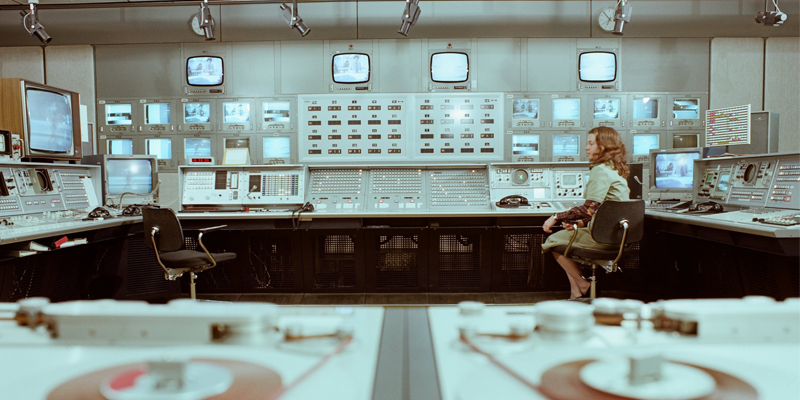For decades, media archives have been considered the dusty libraries of journalism. When in fact digitised audio-visual archive material is considered to be one of the few remaining hard assets in media. And innovation has been the media archivist’s key tool to transform his or her department from a mere storage facility to an essential – and by now indispensable – part of media production. Nevertheless, in terms of media-archive potential, most companies have only been seeing the tip of the iceberg regarding what could be possible with the right innovation in archive management.
But how can these two dimensions of archives and innovation be merged? Do they need merging at all? And who should coordinate or manage these processes? Is there a necessity for something like “Archive Innovation Management”?
These – and other – questions arose while I participated at the Executive Master’s program “International Media Innovation Management” for the Austrian Broadcasting Corporation (ORF). And about one year ago, these thoughts resulted in the following research question:
Does Archive Innovation Management have the potential to be a future key position in international media management and if so, what are the competencies and specifications this position requires to make it trainable and
internationally applicable?
To make the concept of media archive innovation projects more transparent, two case studies were presented within the paper. One of which was our very own project series – from BIRTH to EUscreenXL. As a result I could argue that participating at EUscreenXL definitely belongs in the sphere of responsibilities of archive innovation management.
As the foundation of my thesis, a questionnaire was created to involve relevant international experts (among them a respectable number of colleagues and friends from the EUscreen family) to identify and evaluate potential qualifications for an archive innovation management position. The respondents (more than 200) came from 17 different nations. One third of the respondents were either holding a senior management position (23%) or a C-level, executive or owner position (10%).
Surprisingly, of all the qualifications in question, one skill was ranked highest by all data groups: communication. Communication even outweighed “Knowledge of Archival Workflows and Reuse of Content”. Although this “in-depth knowledge” also made it to the top five in all groups analysed, it ranked far behind communication. However, it was not only the top rated results that came as a surprise to me. The skills that were considered least valuable were also astonishing. But see for yourselves… the link to the paper is added to this blog.
Summa sumarum, my thesis was able to produce enough reliable evidence to definitely call for the development, deployment and continuous adaptation of archive innovation management positions and to offer ways to put these demands into effect.
May the further development and the future employment of archive innovation managers all over the media market become a vital part of legacy media’s response to the current digital disruption of the media.
You can access Michael Vielhaber’s paper on Archive Innovation Management through berlin.academia.edu.



